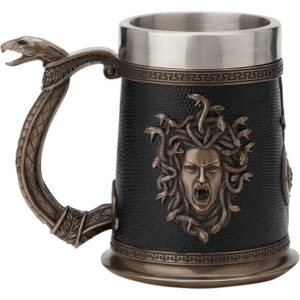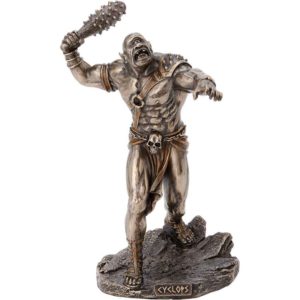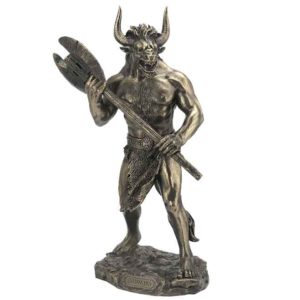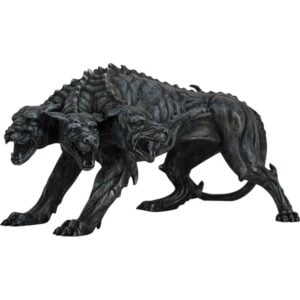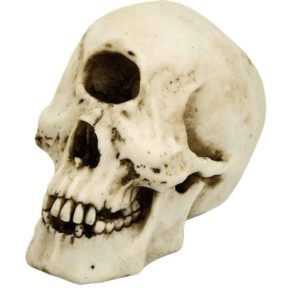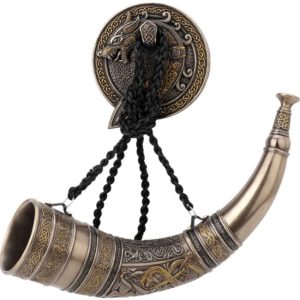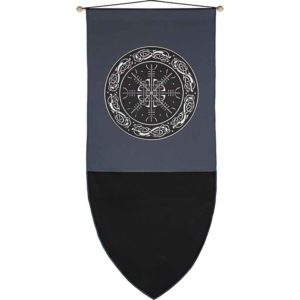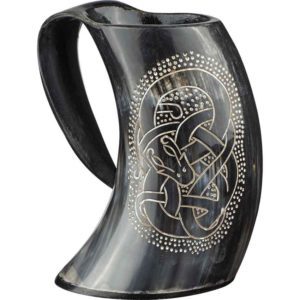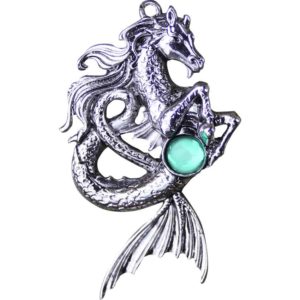Six of the Scariest Monsters of Myth and Folklore
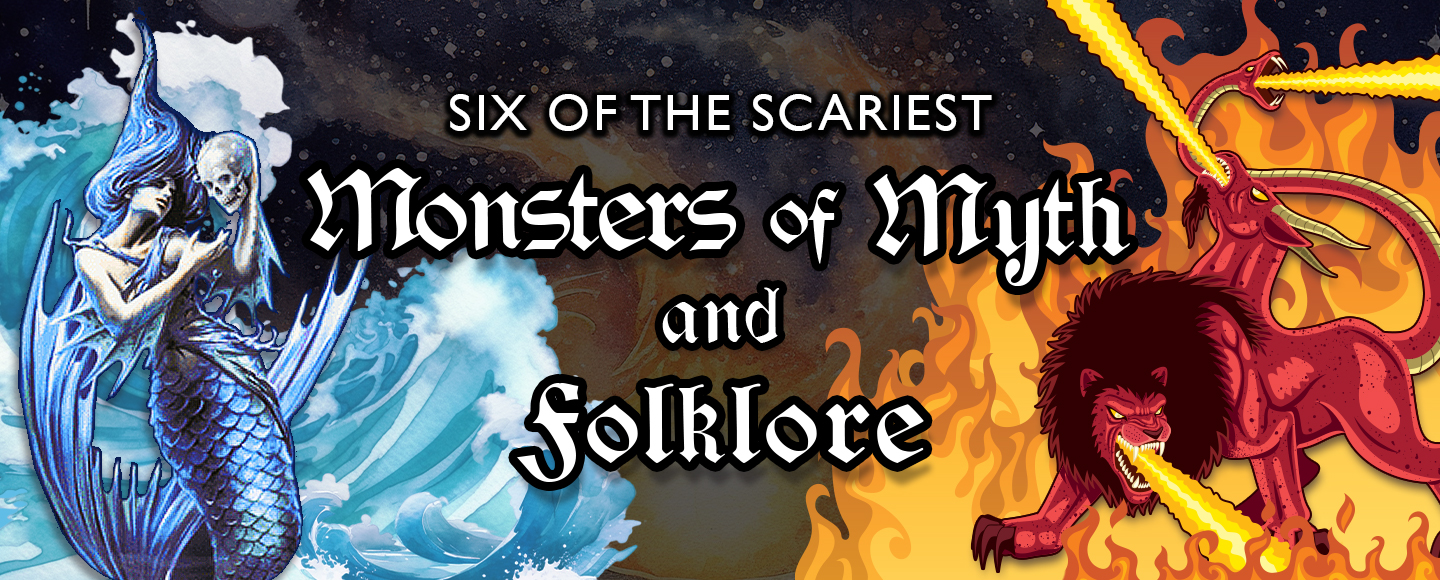
There are many creatures and monsters in folklore, especially in various mythological pantheons. Here, we look at six of the scariest monsters from different myths and folklore. They are some of the most fearsome and well-known creatures or characters in their respective myths.
Siren
Mythology: Greek
Description: Sirens are human-like with alluring voices. While today they are often equated and depicted similarly to mermaids, that was not always the case. In fact, early Greek depictions in art would feature them as being large birds with human heads and later having human upper bodies with bird legs. They would either have or not have wings as well. In the Odyssey, this monster would cause sailors to drown.


Chimera
Mythology: Greek
Description: A chimera is a lion-like fire-breathing hybrid with the head of a goat sticking out of its back and a tail that ends with a snake’s head. Homer described the Chimera as “breathing forth in terrible wise the might of blazing fire” and as “a bane to many men”.
Nidhoggr
Mythology: Norse
Description: Nidhoggr is the dragon in Norse myth who gnaws on a root of Yggdrasil, the world tree. It also chews on the corpses of those guilty of murder, adultery, and oath breaking. The first part of its name, níð, is a word that implies the loss of honor and the status of a villain.
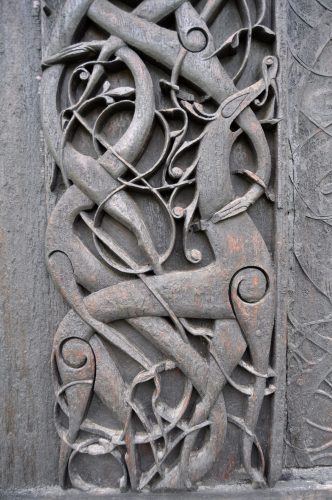
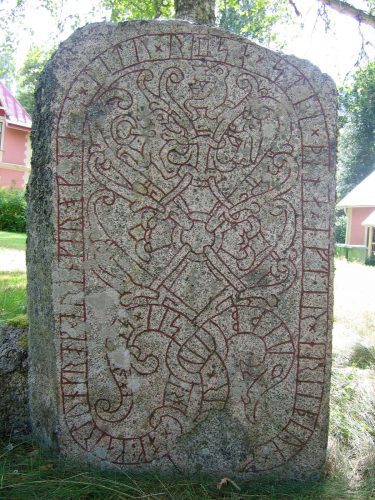
Fafnir
Mythology: Germanic or Nordic
Description: Fafnir is a worm or dragon in Germanic folklore. The dwarf became such after slaying his father, Hreidmarr, out of greed and after taking the ring and hoard of Andvari, another dwarf. The myths imply that it is his greed that causes his transformation. After slaying him, the hero Sigurd gains the ability of understanding birds from the blood of Fafnir’s heart.
Kelpie
Mythology: Irish and Scottish
Description: The kelpie is a shapeshifting spirit, usually a black horse, that can take human form, often mixed up with an each-uisge or water horse. It is heavily associated with lochs and other bodies of water. Many myths feature it killing children that try to ride it.

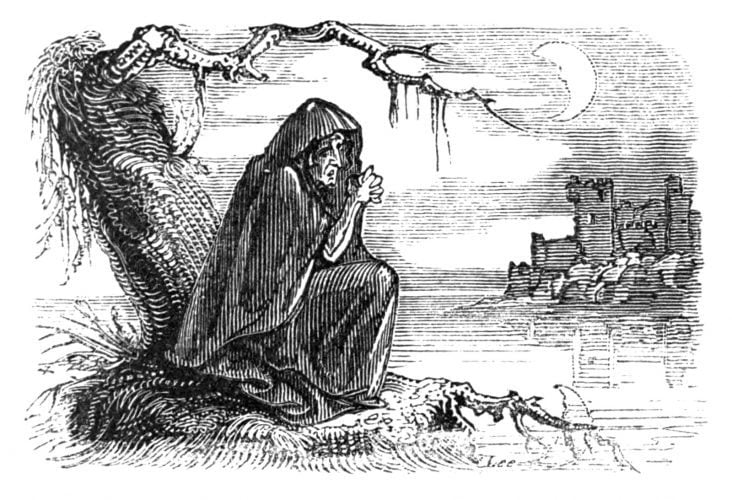
Banshee
Mythology: Irish
Description: Often referred to as woman of the fairy mound, a banshee is a female spirit who heralds the death of a family member. They do this through screaming, wailing, shrieking, or keening. Keening was a traditional Gaelic Celtic form of vocal lament for the dead that is practically extinct.
-
Fafnir Helm Viking Banner
SKU: MCI-8023$35.00 Add to Cart This product has multiple variants. The options may be chosen on the product pageRated 0 out of 5 -
Viking Dragon Horn Tankard
SKU: HW-701433Rated 0 out of 5$43.00Original price was: $43.00.$30.10Current price is: $30.10. Add to Cart -
World Tree Plaque
SKU: DD-144-WTWRated 5.00 out of 5$119.99Original price was: $119.99.$71.96Current price is: $71.96. Add to Cart
Greek, Norse, Germanic, and Celtic legends have a rich collection of creatures and monsters. While there are many more mythical monsters to explore, we hope that we’ve given you an example of the range of fearsome creatures to be found in those legends through these six scary monsters. What is your favorite mythological pantheon or your favorite mythical monster? Where does it come from? Let us know!
Image Notes:
Siren: This is a funerary siren at the Louvre. This image is in the public domain.
Chimera: This is a chimera on a dish from 350-340 BC. It is also at the Louvre, and the image is in the public domain.
Nidhoggr: This is an image from 17 July 2010 of a carving detail on a stave church in Urnes. The image is owned by Micha L. Rieser, allowing to be used for any purpose with proper attribution.
Fafnir: This is a Runestone carving near Heby, Sweden that depicts Fafnir. The image is under Creative Commons.
Kelpie: This image is from The Book of Fairy Poetry by Dora Owen with the description of Kelpie of Corrievreckan. The book was published in 1920, and therefore, the image is in the public domain in the United States.
Banshee: This is an image of the Bunworth Banshee from the 1825 work Fairy Legends and Traditions of South of Ireland by Thomas Crofton Croker. Due to being published in 1825, the image is in the public domain.

